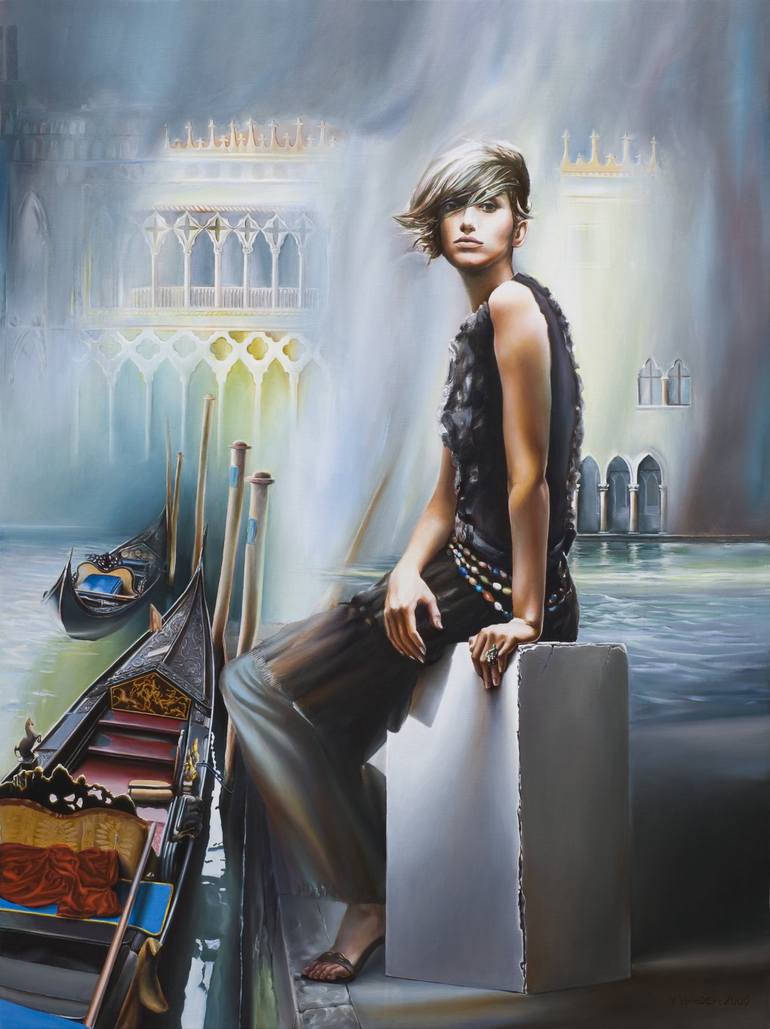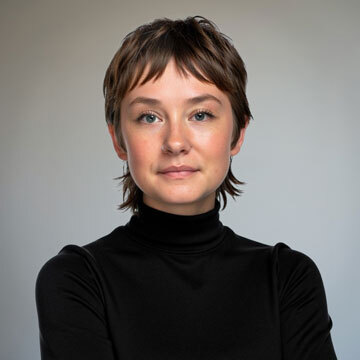


698 Views
4
View In My Room
Painting, Oil on Other
Size: 24 W x 32.3 H x 1.2 D in
698 Views
4
Artist Recognition

Artist featured in a collection
ABOUT THE ARTWORK
DETAILS AND DIMENSIONS
SHIPPING AND RETURNS
Lights and Shadows In his book How to Destroy Painting, devoted to the art of Caravaggio, the French philosopher Louis Marin discusses the contribution of interplay between light and shadow in the painterly transformation achieved by Caravaggio. Marin opens up his chapter “On Light, Shadow, and Na...
Year Created:
2006
Subject:
Styles:
Mediums:
Painting, Oil on Other
Rarity:
One-of-a-kind Artwork
Size:
24 W x 32.3 H x 1.2 D in
Ready to Hang:
No
Frame:
Not Framed
Authenticity:
Certificate is Included
Packaging:
Ships in a Box
Outdoor Safe:
No
Delivery Cost:
Shipping is included in price.
Delivery Time:
Typically 5-7 business days for domestic shipments, 10-14 business days for international shipments.
Returns:
14-day return policy. Visit our help section for more information.
Need more information?
Need more information?
Victor Hagea
Germany
Born: July 22, 1948, Lupeni/Hunedoara, RomaniaI have been interested in drawing and painting since youth, and had a rigorous arts education.I have been much influenced by the Flemish, Dutch, Italian, Spanish, and French great masters. I saw in their multi-faceted work multiple windows toward the absolute. Then Dali showed me what kinds of possibilities dwell within the domain of the "real" and what the artists can make of it. After a time of experimenting in several directions such as cubism, constructivism, and abstractionism and using various techniques, I came back to the kind of painting that best expresses who I am. I have always dreamed of painting this way, finding means to capture the passing and evanescent nature of reality through forms that transcend it. Traditional Indian philosophy claims that "life is a dream," underscoring an invisible boundary that separates different worlds from each other and therefore the respective "realities" that correspond to them. There is something in each "reality" that transcends its physical immediacy taking the form of a projection or emanation, thus outgrowing its deterministic corset and finding its "super-reality" at a higher level. I believe my textual "Painting as performance representation" opens the door towards understanding this. • From WIKIPEDIA: In my painting I start from reality and its data and then, by combining elements of the real, I pass beyond reality in another dimension, which I call the supra-reality of reality. This play of elements opens a gate to the invisible element which stands behind scenes, like a stage director. As artefacts of a statically eternal life, statues are but a means of expression in a more philosophical context of the work of art, by opposition to the dynamic of living things. These two opposites are nevertheless linked by means of the hero category, for heroes are protagonists of a matrix which shapes human destinies. Old myths become live again in the destinies of today's heroes. "The focus of my artistic creation is the human being in connection with his activities , actions and desires which determine and form his fate - the human who creates his . If I had to characterize my style, I should call it with indefinite boundaries between reality and dream. So I would like to invite the spectator to be witness to the interaction of the states where the reality escapes into the dream and the dream will turn to some aspects of the reality.
Artist Recognition

Artist featured by Saatchi Art in a collection
Why Saatchi Art?
Thousands of
5-Star Reviews
We deliver world-class customer service to all of our art buyers.
Global Selection of Original Art
Explore an unparalleled artwork selection from around the world.
Satisfaction Guaranteed
Our 14-day satisfaction guarantee allows you to buy with confidence.
Support Emerging Artists
We pay our artists more on every sale than other galleries.
